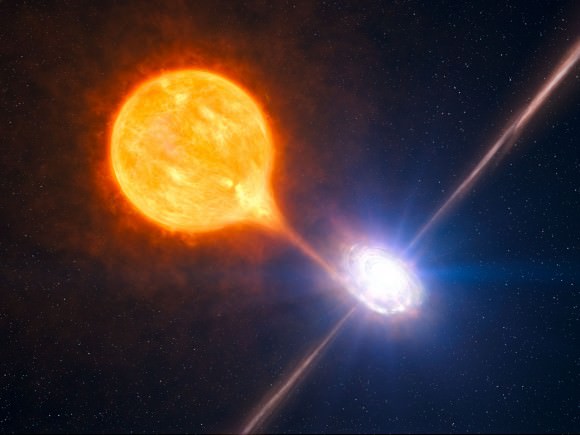I have seen some pretty amazing things with my own eyes. First, of course, is the stunning sight of a dark star-filled sky, then there’s the incredible sight of the Andromeda galaxy 2.5 million light years away. Planets can also be seen as they slowly move across the sky, but it’s a little more unusual to see something that reminds us of the changes in the universe. Well, we have an opportunity in just a few weeks. The star T Corona Borealis (T CrB) will brighten about 1,500 times so that it can be seen with the naked eye. Skip it, though, and you’ll have to wait another 80 years!
It’s always exciting to see something new in the sky. It doesn’t happen that often, but when it does, it’s definitely an opportunity to get out and enjoy the show. The event is nova, which in Latin means new. In astronomy, we talk about a nova as a number of different phenomena that herald the appearance of something new visible in the sky. A supernova is a well-known example, marking a colossal stellar explosion.
In the case of TCrB, this refers to a binary star system where a white dwarf star (the remnant of a Sun-like star) is orbiting another star. I should clarify this statement, both orbit around a common center of gravity. At a distance of 3,000 light years, it is one of the closest of its kind, and so when it starts to explode, we will be able to see it without a telescope or binoculars, just with the “Mark-1 eyeball.”
The process that leads to the sudden lightening is truly fascinating. A white dwarf star has a much higher gravity than its companion. As a result, it pulls material from its stellar neighbor in a process known as accretion. Over time – and in the case of T CrB it takes about 80 years – hydrogen accumulates on the white dwarf. The hydrogen layer is heated by the white dwarf, causing it to heat up to critically high temperatures, high enough to start hydrogen fusion. The hydrogen layer detonates and is ejected from the white dwarf in a brightly glowing, hot envelope. Here on Earth, we see this as the sudden brightening of a previously invisible star that normally requires a telescope to see.
Novas are usually quite unpredictable, usually occurring once and often leading to the death of a star, but in this case it happened every 80 years. We call this event a repeating nova. Its flare was first seen in 1866 by an astronomer named John Birmingham, who amusingly hailed from Ireland, not Birmingham. It was seen again in 1946 when there was a dip in brightness prior to the explosion, and it is this dip in brightness that has been seen over the past few months.
All of this points to the next new event being imminent, perhaps only in a month or two, so if you’re like me, you want to see this once in your life, then it’s time to put on your coat and get out there. Unfortunately, since we don’t know exactly when it will happen, the best approach is to simply familiarize yourself with the sky in the region of the Corona Borealis constellation.
Fortunately, the Corona Borealis is in a fairly “quiet” part of the sky with few bright stars. To find it from where you are, then use a smartphone app to locate Vega in Lyra and Arcturus in Butes, Corona Borealis is roughly between the two and looks somewhat like a semicircle of stars. Explore this part of the sky and get to know the stars visible to the naked eye. Keep watching in the coming weeks and months (and, of course, keep an eye on Universe Today) and at some point soon you’ll see a “new” star appear just outside the semicircle.
Good luck and clear skies.
Source: Keep your eyes skyward for a new star as ‘once-in-a-lifetime’ space explosion looms



